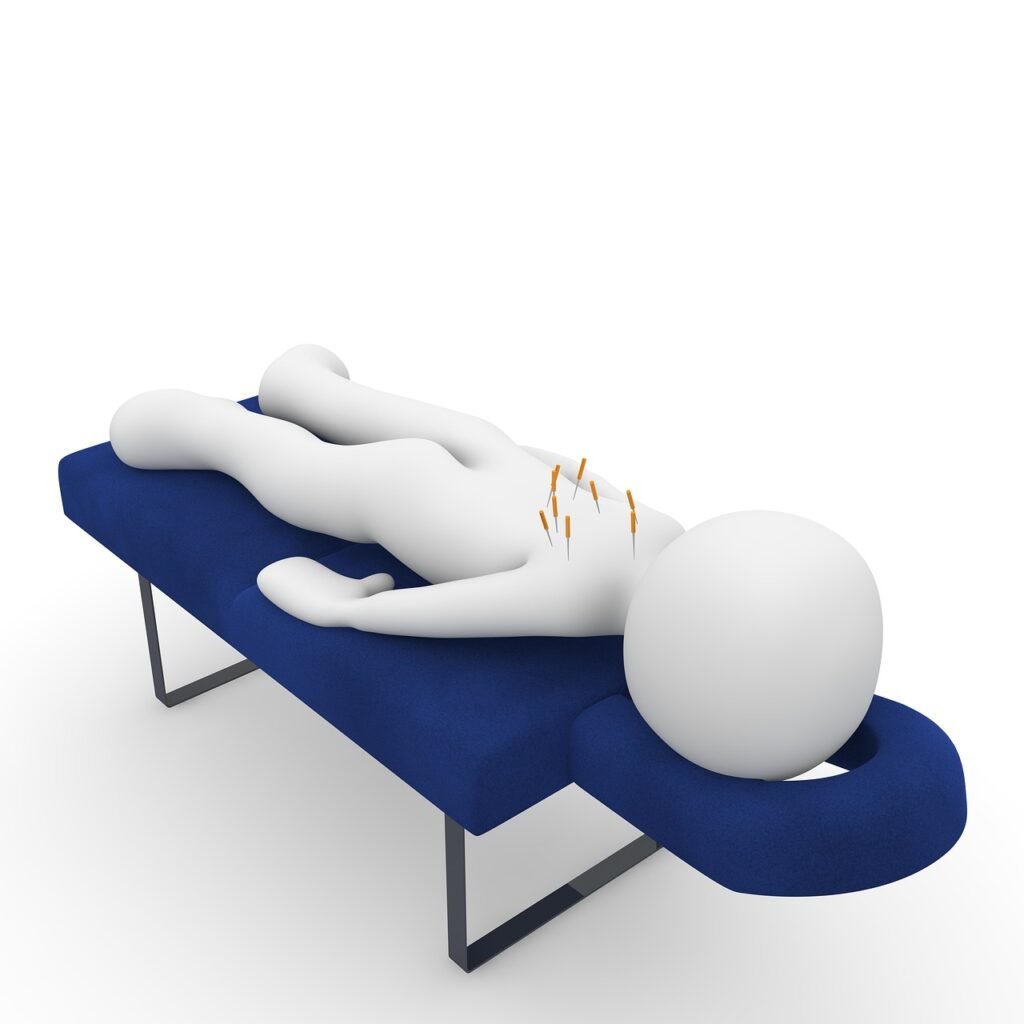Have you ever considered cold plunging as part of your injury recovery routine? It’s a topic that sparks a lot of interest, but it can also raise quite a few questions. Cold plunging is often lauded for its myriad health benefits, but if you’re nursing an injury, you want to know what to do and what to avoid. Let’s break it down together.
Understanding Cold Plunging
Cold plunging involves immersing your body in cold water for a short period. Whether it’s a chilly pool, a natural body of water, or an ice bath, the idea is the same: allow your body to experience the shock of the cold temperature. It’s believed to reduce inflammation, enhance mood, and even improve sleep quality. But remember, every body is different, and when you’re injured, it’s important to approach this practice with care.
Benefits of Cold Plunging
Before jumping into the dos and don’ts, let’s quickly chat about the benefits you might be seeking.
-
Reduced Inflammation: Cold water can help constrict blood vessels, which reduces swelling and inflammation. This may be particularly helpful for injuries such as sprains.
-
Pain Relief: The cold can numb the area, giving you temporary pain relief. Sometimes, just a few minutes in chilly water can make a world of difference.
-
Improved Recovery Time: Post-exercise or post-injury, cold plunging is thought to stimulate recovery by improving circulation once you exit the cold water.
-
Mental Clarity: Cold plunging isn’t only physical; it also affects your mind. Many people report feeling more focused and alert after a cold plunge.
The Risks of Cold Plunging with an Injury
While there are several benefits, you must also consider the risks involved, especially if you’re dealing with an injury. Cold plunging isn’t the best choice for everyone, and an injury can change how your body responds to the shock of cold water.
-
Increased Pain: For some injuries, cold can exacerbate discomfort. If the cold water makes an already painful area feel worse, it may not be the right recovery method for you.
-
Reduced Sensation: If your injury affects your sensation, cold water might mask pain but could also lead to further injury without you realizing it.
-
Slowed Recovery: In some cases, the cold might limit blood flow too much, potentially delaying healing. Not all injuries respond well to cold exposure.
Do’s of Cold Plunging with an Injury
Now that we’ve set the stage, let’s look at the do’s. These are the best practices you should follow to help ensure you get the benefits of cold plunging without risking further injury.
Do Consult with a Healthcare Professional
Before you dip into freezing water, it’s crucial you have a conversation with a doctor or physical therapist. They can assess your specific injury and advise whether cold plunging is a safe option for you.
- Ask Specific Questions: Don’t hesitate to ask about your injury and how it might react to cold exposure.
- Get a Second Opinion: If you’re unsure, it never hurts to seek a second opinion.
Do Start Slowly
If your healthcare provider gives you the green light, start with shorter exposure times. Jumping straight into an ice bath for long periods can be overwhelming, especially when your body is already hurt.
| Starting Duration | Adjusted Duration |
|---|---|
| 1 minute | 2-5 minutes after acclimatization |
| 2 minutes | 5-10 minutes, depending on comfort |
- Listen to Your Body: Feel free to adjust according to what feels right for you.
Do Wear Proper Attire
Make sure you’re dressed appropriately for the cold plunge. Wearing a swimsuit may seem appealing, but consider wearing wetsuits or additional layers to protect sensitive areas, particularly where you’ve been injured.
- Protective Gear: If you’re dipping in very cold water, consider a neoprene suit or booties to help insulate your body.
Do Focus on Controlled Breathing
Once in the cold water, take a moment to focus on your breathing. Controlled, deep breaths can help manage your body’s reaction to the cold and ease any anxiety you may feel.
- Inhale Through Your Nose: This can help you control your heart rate and steady your mind.
- Exhale Slowly: Letting the air out through your mouth can help release tension.
Do Monitor Your Body’s Reaction
While you’re in the water, pay close attention to your body’s response. Pay attention to sensations and any pain levels. If you start feeling worse rather than better, it’s time to exit.
- Keep a Timer: A bell or timer can help you keep track of your exposure duration without constantly checking your watch.
Do Stay Hydrated
Cold plunging can be taxing on your body, and it might be easy to forget to hydrate. Dehydration can impede recovery and make the ice plunge less beneficial.
- Drink Water Before and After: Make sure you’re well-hydrated on both sides of your cold plunge.

Don’ts of Cold Plunging with an Injury
You’ve known the dos, but let’s not forget the don’ts. These are the things you should steer clear of to avoid unnecessary risks.
Don’t Plunge Alone
Having someone with you while you cold plunge is essential—especially if you’re nursing an injury. In case you feel dizzy or uncomfortable, the presence of a buddy can be a lifesaver.
- Choose a Responsible Friend: Make sure it’s someone who knows enough to help if needed (and to hold the camera for those fun photos later!).
Don’t Ignore Pain Signals
Your body will give you cues. If you feel increased pain in the injured area or any other part of your body, do not ignore them. It’s essential to respond appropriately.
- Exit Immediately: If something feels wrong, it’s better to cut the session short.
Don’t Stay in Too Long
While you might have heard positive stories about extended cold plunges, staying in too long can be counterproductive. Start with safe durations and increase gradually, only if your body allows.
| Safe Duration (Initial) | Safe Duration (Gradual Increase) |
|---|---|
| 1-2 minutes | Up to 10 minutes, based on reaction |
Don’t Jump in After Extensive Exercise
It might be tempting to jump into cold water after an intense workout, especially when injured. However, doing so can sometimes exacerbate inflammation if not done correctly.
- Recover First: Allow some time to pass before using cold plunges—particularly if your injury is fresh.
Don’t Ignore Other Recovery Methods
Cold plunging is just one tool in your recovery toolbox. It’s essential to complement your cold plunging with other recovery methods, like stretching, strengthening exercises, and possibly some warm therapy afterward.
- Create a Recovery Plan: Consider a balanced approach with your healthcare provider’s guidance, mixing cold plunges with other therapeutic strategies.
The Role of Cold Plunging in Your Recovery
If you’ve assessed your situation and decided to go ahead with cold plunging, it can be an excellent complementary practice in your recovery journey. Remember that it should never replace medical advice or other rehabilitation therapies.
Timing Your Cold Plunge
Deciding when to cold plunge is critical for maximizing benefits. If you’ve incurred an injury, your schedule may look somewhat different.
- Acute Injuries: In the first 24-48 hours, cold plunges can be particularly beneficial to manage inflammation.
- Chronic Injuries: For ongoing issues, the timing may vary based on your pain management needs and progression in recovery.
Integrating Other Therapies
Incorporating other modalities like physiotherapy, stretching routines, and soft tissue work can also enhance your recovery. When implemented alongside cold plunging, they can create a well-rounded recovery strategy.
- Balance and Variety: Mix up your recovery routine instead of relying solely on one method.

Conclusion: Making the Most of Your Cold Plunge Experience
As you think about adding cold plunging to your recovery toolkit, remember to listen to your body and proceed with caution. Each body reacts differently, especially when you’re nursing an injury, so it’s essential that you find what works best for you personally.
A Last Word of Wisdom
Cold plunging can be a refreshing and beneficial part of your recovery journey, but knowing the do’s and don’ts and integrating it thoughtfully can make all the difference in your healing process. As you navigate your recovery, keep an open line of communication with your healthcare provider, stay mindful of your body’s signals, and don’t hesitate to adapt your methods as you heal.
You’ve got this! With the right approach and care, cold plunging can be a fantastic addition to your injury recovery strategy.

